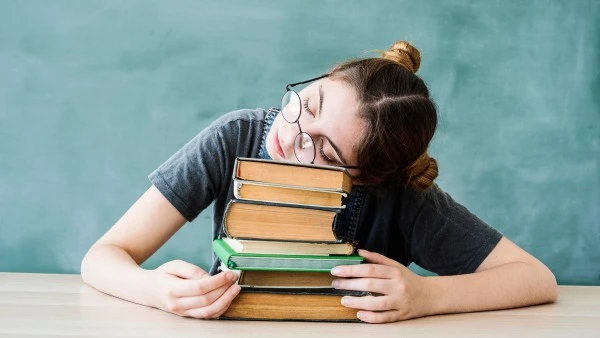A Silent Crisis: School Students Are Missing Out on Sleep
Up to 75% of high school students are not getting enough sleep at school nights. This silent crisis is impacting their health, wellbeing, and academic performance, and schools can help reverse this trend.

Insufficient Sleep is a growing yet often overlooked issue among school-aged students. This article explores the importance of adequate sleep, the current global sleep crisis, and what schools can do to reverse the situation and promote healthier sleep practices among students.
What is considered sufficient sleep? Sleep is not just about quantity but also quality. The World Health Organization (WHO) and the American Academy of Sleep Medicine (AASM) recommend that children aged 6-12 should get 9-11 hours of uninterrupted sleep, while adolescents aged 13-18 require 8-10 hours.
What does the evidence show? Recent global research shows that school-age children, particularly teenagers, are experiencing poor sleep health at alarming rates. Up to 75% of high school students sleep less than the recommended eight hours and report poor sleep quality.
Insufficient sleep is linked to various physical and mental health issues, including cognitive functions such as attention span, memory retention, emotional regulation and behavior. In educational settings, the consequences of poor sleep can be evident through daytime fatigue, difficulty concentrating, signs of boredom, mood swings and lack of motivation to engage, leading ultimately to reduced academic performance.
Late bedtimes are the primary factor causing insufficient sleep, but other contributors include high stress levels, emotional distress, and increased screen time before bed, affecting students across all age groups.
What can be done? Plenty! There are several evidence-based interventions that schools can implement to promote better sleep habits among students. Research indicates that poor sleep habits often result from a lack of awareness, and sleep education programs have been shown to be effective in improving duration and quality of sleep. These programs are most effective when they involve students, parents and teachers and are integrated into the school curriculum.
Addressing the sleep crisis among students is crucial for their academic success and overall wellbeing. By implementing evidence-based interventions, educators can help students develop healthier sleep patterns. It’s time to wake up to the importance of sleep.
Bosmat Kochavi is a wellbeing leader and co-founder of Schoolmait, a wellbeing measurement partner for schools.